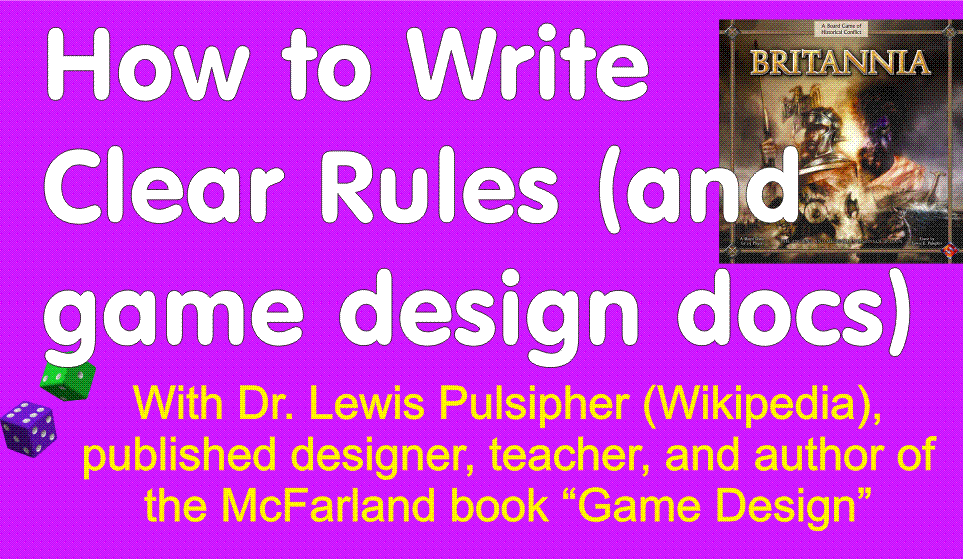Non-electronic games should reveal the essence of design because they are likely to be simple. But all the comments below apply to electronic games as well.
This is, in a sense, a repeat of some of the things in the playtest notes on the blog, but I fear many have not read those.
1. What are the challenges the player(s) face?
2. What actions can they take to overcome those challenges?
3. What can players to do affect each other (if game for more than one player)
4. Is the game replayable many times without becoming "just the same" over and over?
5. Is the game fair?
6. Is there an appropriate mixture for the audience and game type (consider "take that")?
7. What is the "essence" of the game?
1., 2. and 3. Remember, the essence of gameplay is interesting non-trivial challenges and actions the players can take to meet those challenges. In non-electronic games, which usually involve more than one person, another very desirable element is player interaction, specifically, how can a player affect the other players? A good game is rarely "multiplayer solitaire", or a race where players have no influence on the fortunes of other players.
This amounts to, always ask yourself "what can the player do to influence the outcome of a game?"
4. Replayability. There are other considerations. For example, how replayable is the game? If it plays the same way over and over again, players will rapidly lose interest in it. See my separate piece on Replayability.
5. Fairness. Games should be fair. At some point, if a player feels he was gypped by the rules, he's not going to like the game. He or she should feel that he gets what he earned.
There's a particular mechanism that I'd lump into this category, the "roll a die and move that many" method used in Monopoly and many other traditional family games. I pose it to video game players like this: If you're playing an electronic game, and the maximum speed of your avatar varies periodically and randomly, aren't you going to hate that? That's what happens to a player in a roll-and-move game. And won't you hate it even worse if your opponent varies differently from you? At least, if all slow down at the same time, it's fair, but if one can move twice as fast as another, is that fair?
(I'm writing a separate piece on the flaws of traditional games, so I won't go beyond "roll and move".)
6. "Take that". The mixture of strategies and occurrences in a game must be appropriate to the audience. For example, party games should not require any heavy thinking!
In some games there are plays that pretty drastically change circumstances. These are called "take that" moves. (This often involves playing a card.) If you have a game with lots of "take that" occasions, people may enjoy it as a fun "beer and pretzels" thing, but they won't enjoy it as a strategic challenge. Conversely, if you are designing a strategic game, you probably should leave the "take that" stuff out. In other words, go one way or the other, a "take that" game or one that is not.
Where do you draw the line? Experience and playtesting with a variety of people will tell.
7. Finally, ask yourself, what is the essence of this game? What would characterize it in the minds of players or observers? Is this essence Good, is it desirable?
Saturday, November 24, 2007
Subscribe to:
Post Comments (Atom)
"Always do right--this will gratify some and astonish the rest."Mark Twain
"A designer knows he has achieved perfection not when there is nothing left to add, but when there is nothing left to take away." Antoine de Saint-Exup'ery
"Not everything that can be counted counts, and not everything that counts can be counted." Albert Einstein
"Make everything as simple as possible, but not simpler." Albert Einstein





No comments:
Post a Comment